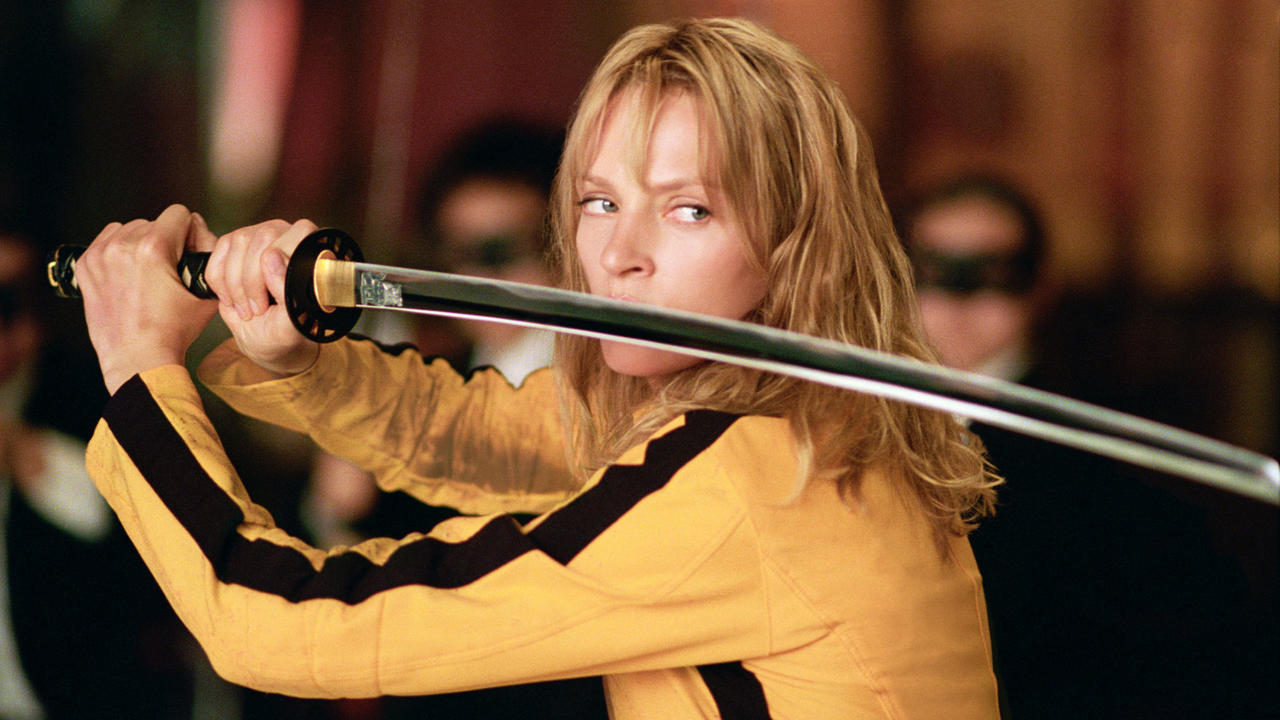
Quentin Tarantino is a director who’s synonymous with films that leave moviegoers saying: “I need to see that again.” Many of his films have high critical appraisal, and many have even more love from his fans, yet “Kill Bill Vol. 1” earns the badge for rewatchability. Here’s why:
10. The Production Design, Employed by Yohei Taneda
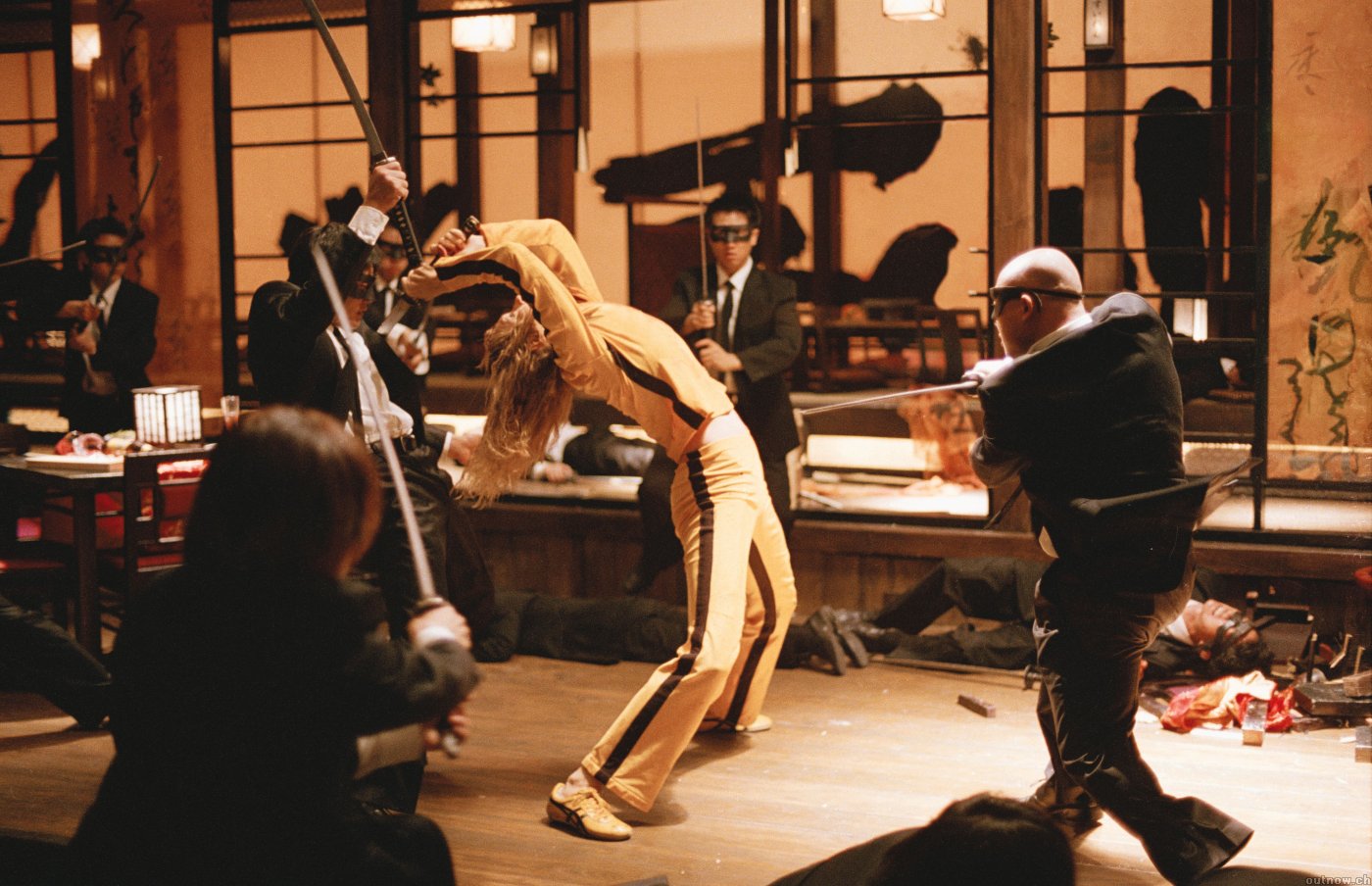
Yohei Taneda started his career in production design through Asian cinema, with “Kill Bill Vol. 1” being his first American project and one of two collaborations with Tarantino (the other being “The Hateful Eight”). The attention to detail Taneda and Tarantino employ makes any fan want to rewatch to spot some unseen details.
This could be shown by the Chinese saying in Hattori Hanzo’s (Sonny Chiba) sushi shop: “To lead an unimportant and often dissipated life”; the words visible on the sole of the Bride’s shoes, “Fuck U”; and through more intricate details. The House of Blue Leaves wouldn’t be quite as dramatic and thrilling if not for the contrast of the drunk, energetic bar with the pristine and white capped garden outside. The iconic costumes of Cottonmouth (Lucy Liu), the California Mountain Snake (Daryl Hannah), and of course, the Crazy 88, are also major parts of the production design’s strength.
In general, Taneda’s production design works well with the cinematography and direction to create an exciting and detail-rich atmosphere.
9. The Soundtrack Hypes You Up at All The Right Times
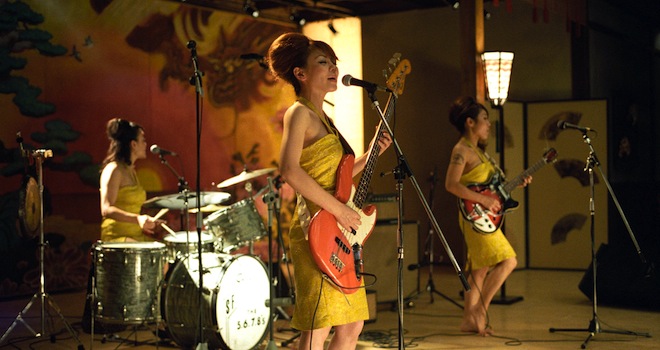
While the film’s soundtrack has zero original songs, Tarantino citing his sourcing of the music from his personal collection, the music complements some scenes in more powerful ways than in other Tarantino films.
“The Green Hornet”, followed immediately by “Battle Without Honor or Humanity”, is such a fantastic combination. These are played during O-Ren’s and The Bride’s travel to the House of Blue Leaves, and creates an immense buildup of excitement as both of these world class assassins are nearing their confrontation. It would be very hard to find someone not excited for the upcoming sequence, especially if they have seen it before.
Another fantastic use of music is Elle Driver’s whistle taken from the theme of “Twisted Nerve” (1978). Working beautifully with a split-screen editing technique, showing the smooth motions of a trained assassin contrasted with the motionless Bride, all the audience wants is for her to wake up and kick her ass. Nevertheless, countless fans whistle along to the theme of the Mountain Snake.
For any fans in the mood, here you go.
8. The Homages Fuel Your Nostalgia Like No Other Tarantino Film
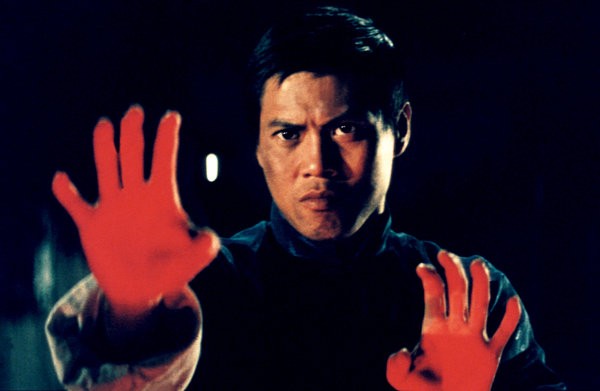
The list of homages in any Tarantino film is enormous; however, in the samurai genre, there is something about using an homage that appeals directly to an audience’s sense of nostalgia.
Narrowing it down to a select few, here are some of the most noteworthy and powerful homages:
“Five Fingers of Death” (1972): The use of the siren sound from Five Fingers, which was technically taken from “Ironside” (1967), triggered whenever Chao Chih-Hao would go into a rampage and sets a tone of some awesome grindhouse action that the audience can easily get behind.
“Fists of Fury” (1972): This classic Bruce Lee film inspired a lot of the action in The House of Blue Leaves. The callback to martial arts finds its home well in “Kill Bill”, as the fun of those action sequences is replicated for that purpose alone: fun.
“Aalavandhan” (2001): Coming out just a couple of years before “Kill Bill”, Tarantino was inspired by its use of animated violence. This obviously went on to influence O-Ren’s backstory scene, which comprises a significant portion of the film. While it could be said that this part of the film isn’t what audiences love most, it does add a flavor to “Kill Bill Vol. 1”, without which it might have come across as a far less interesting film.
If you want to know more homages from “Kill Bill”, I suggest you head to this site (however, some listed are a bit of a stretch).
7. Sally Menke Proves Editing Can Be Fun

The late, great Sally Menke worked on all of Tarantino’s films up until “Django Unchained” (2012). As such a close collaborator, she has had a massive influence on Tarantino’s oeuvre but in “Kill Bill Vol. 1”, she showed the world some fun techniques in her editing.
The split-screen edit during the attempted assassination of the comatose Bride is incredible and has influenced many scenes (see: season two of “Fargo”) but Menke has fun everywhere: The playful use of the opening credits showing the list of the Bride, the way she cuts to an unexpected angle (like a top down) to give a scene some objectivity, and of course the use of a “Hello Sally!” take.
A “Hello Sally!” take has been present in most Tarantino films, and involves the actors in frame looking into the camera and shouting “Hello Sally!”.
6. It Is a Visual Masterpiece
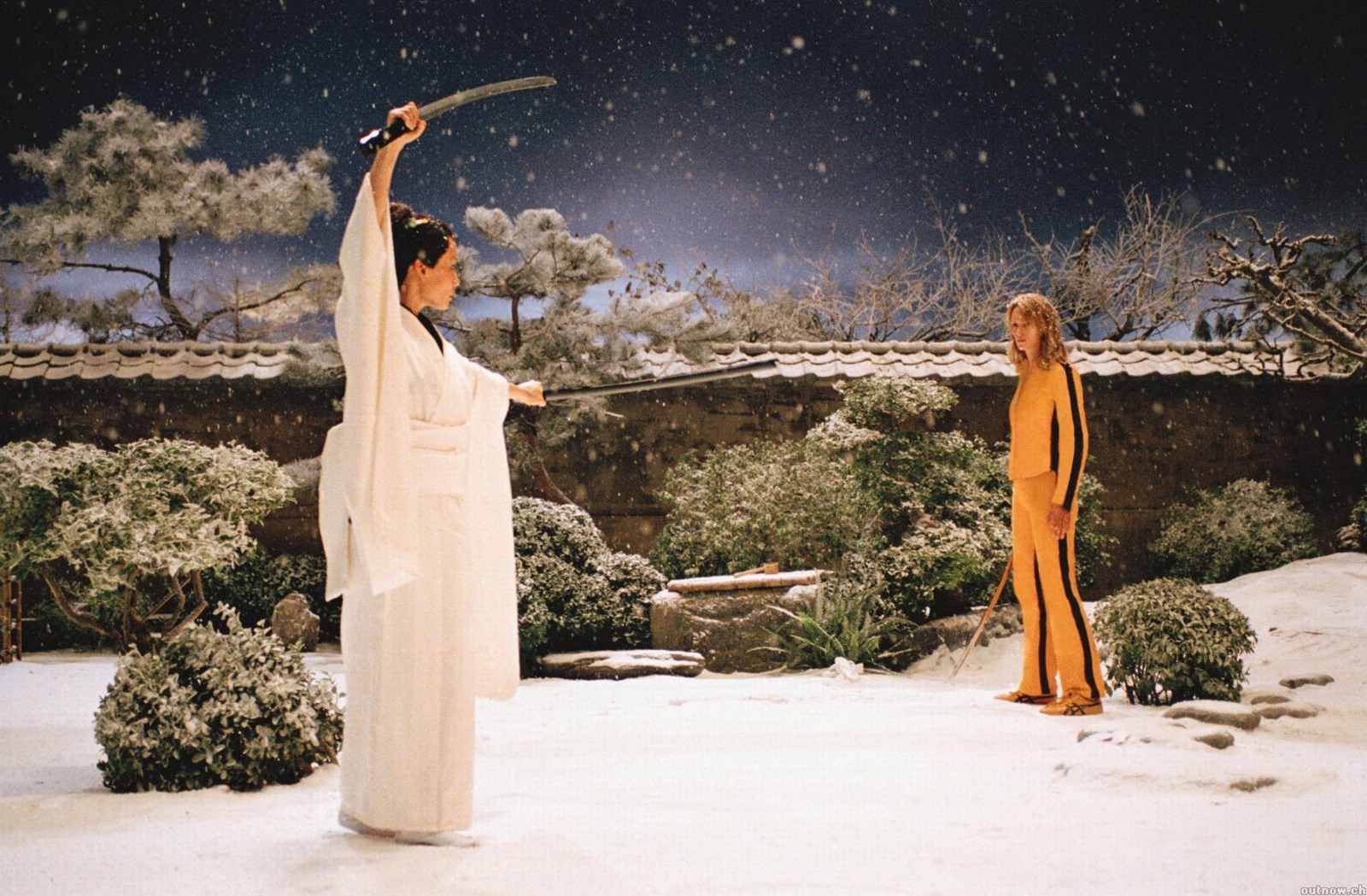
Bob Richardson is a very well-respected cinematographer and has worked on every Tarantino film since “Kill Bill Vol. 1”, their first collaboration. And when you look at “Kill Bill”, acknowledging this new relationship between Bob, Quentin, and Yohei, the visuals speak volumes. They are not only very technically difficult, but also so interesting, and the film cannot be ignored as a visual masterpiece.
The blue silhouette fight scene, of course, is one of the most iconic sequences of any samurai film, and was inspired by the opening of “Samurai Fiction” (1998). Then there’s the black-and-white scenes, both in the House of Blue Leaves and in the opening of the film, which illustrate a new era for Tarantino and adding yet another shade for the film, but the most impressive visual is perhaps the long take.
The famous near 2-minute take in the House of Blue Leaves shot by Steadicam operator Larry McConkey supposedly took six hours to rehearse, with 17 takes. The shot takes you from the 5, 6, 7, 8’s performance to The Bride entering the dressing room, then following two of the stressed staff upstairs, back to the band, and then to Sofie Fatale as she comes back down and into the dressing room. This shot includes movements in just about every direction and focus pulling constantly, but achieves the very cool effect that is really a staple of Tarantino: that the world is full of real and active people.